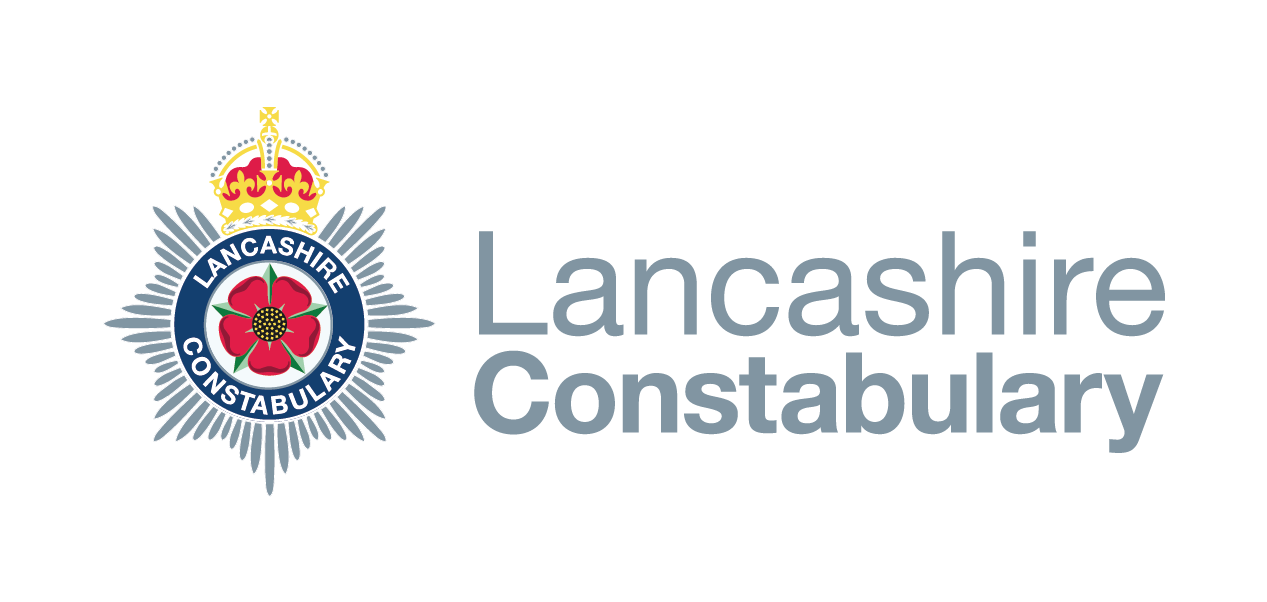How we use Taser
Taser is the brand name of the conducted energy device that the Home Office has approved for UK police forces. It's been used in the UK since 2003 and in Lancashire since 2009.
Whilst it's rare that a Taser is fired in Lancashire, we feel it’s important to give you an idea about the training officers receive and how Taser helps to keep people safe.
What is a Taser?
A Taser is a bright yellow, hand-held, electronic device. It's only used by highly trained officers and in situations where they need to deal with violent people at a distance.
Tasers use an electrical current to temporarily incapacitate a suspect. Extensive medical and scientific tests were carried out before Taser was approved for use.
A Taser is usually held in a holster on an officer's body armour but it can be carried in other positions, along with other officer safety equipment. It's designed to stand out so is easy to spot and identify.
We have clear procedures for using Taser and a team of officers who continually review what we do and how we do it. This makes sure that Taser is used correctly to protect both the public and officers.
Taser provides an additional option to resolve situations that might include violent behaviour. Sometimes using a Taser is the most appropriate option as it can help to resolve dangerous situations safely and with a lower risk of serious injury.
Officers equipped with a Taser don't use it lightly. They are trained to assess and continually re-asses a situation and must decide on the most reasonable and necessary use of force in the circumstances. The level of force used must be proportionate and officers are individually accountable in law for the amount of force they use.
There are a range of other measures which officers can use as alternatives to Taser such as physical restraint, batons, and PAVA spray. Much will depend upon the circumstances, but Taser will often be the safest way to resolve a situation. In the majority of cases involving Taser, the mere threat of its use has been enough to defuse a situation and ensure a peaceful resolution.
For further information and some FAQs about Taser please see NPCC - Taser.
What training do officers receive?
All of our officers selected to use Taser must pass an intensive four-day training course before becoming qualified Taser operators.
Once qualified, officers must complete an annual one day refresher course along with personal safety and first aid training.
The course, which follows national standards and guidelines, includes a number of detailed assessments on decision making, scenario based incidents, the use of force, dealing with vulnerable people, and medical implications.
Training doesn't just focus on the Taser itself - it helps officers to fine tune existing skills and teaches them the importance of communication, justification and other procedures such as first aid.
The course combines practical scenarios with classroom based learning and officers are continuously assessed. The scenarios aim to test the officer's decision making and use of relevant legislation around the use of force. Officers are also tested in recognising medical emergencies and any adverse reactions.
Officers must account for each time they remove a Taser from the holster. This justification is checked by a number of levels of supervision. All Taser deployments are recorded and submitted to the Home Office and are subject to a variety of levels of scrutiny from within Lancashire Constabulary.
When an officer considers there to be an imminent use or threat of violence they can consider using Taser in a number of ways.
| Drawn | When a Taser is removed from its holster by the officer and is justified by in law to do so |
| Aim | When a Taser is aimed at a suspect due to the circumstances and their behaviour. This may act as a deterrent or it may lead on to Taser being discharged. |
| Arc/arcing | To deter a suspect an officer may squeeze the trigger without the cartridge attached so the electric current flows between the two contacts at the end of the Taser. Electricity crackling can be seen and heard. |
| Red dot | The Taser has a laser which allows the officer to mark the suspect with a red dot. This lets the officer know they are on target whilst warning the suspect they have been targeted. |
| Drive stun | Following Taser being discharged there may be circumstances where it has not been fully effective. The officer will place the end of the Taser onto the suspect approximately nine inches away from the nearest probe to bring them under control. |
| Fire | An officer pulls the trigger firing two probes which are attached by copper wire to the device. When the probes attach to a person an electric circuit is completed which temporarily incapacitates a suspect. |

